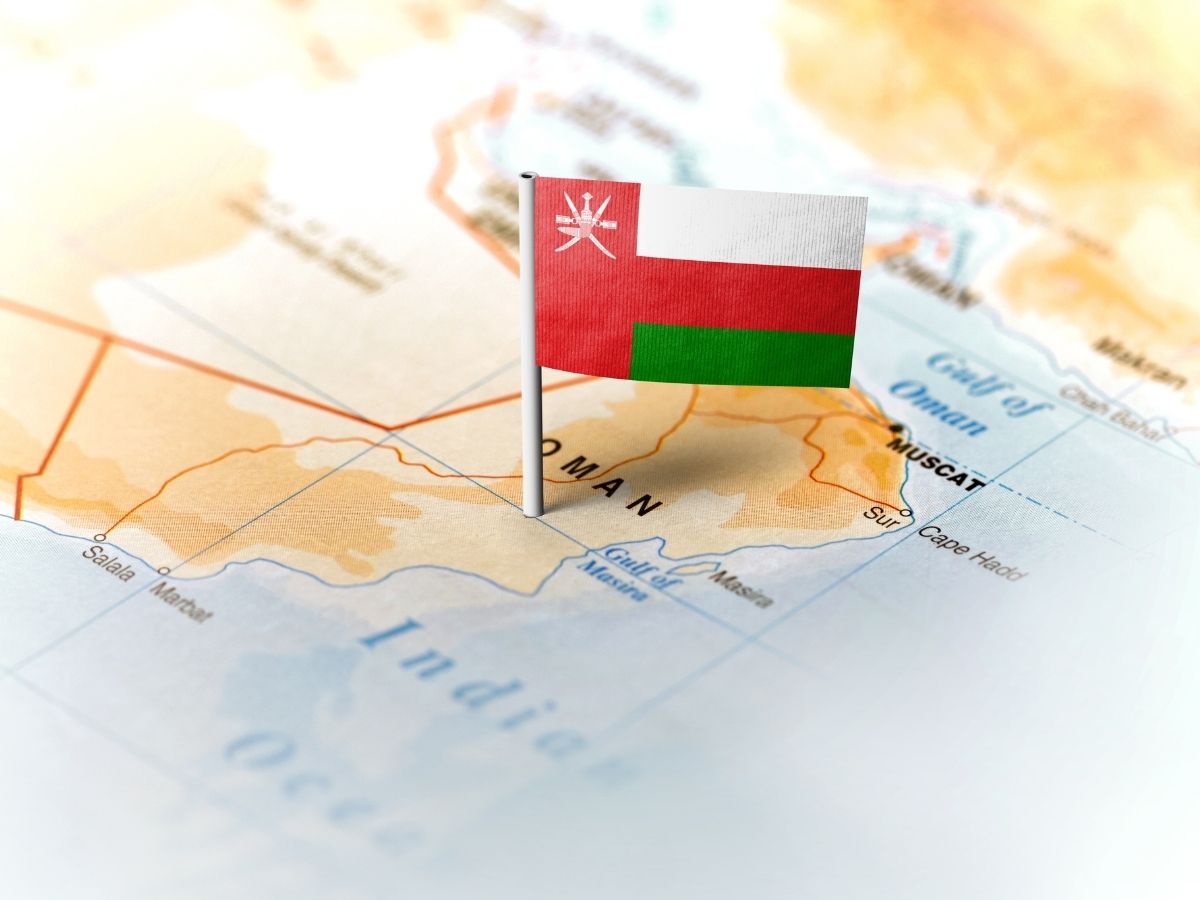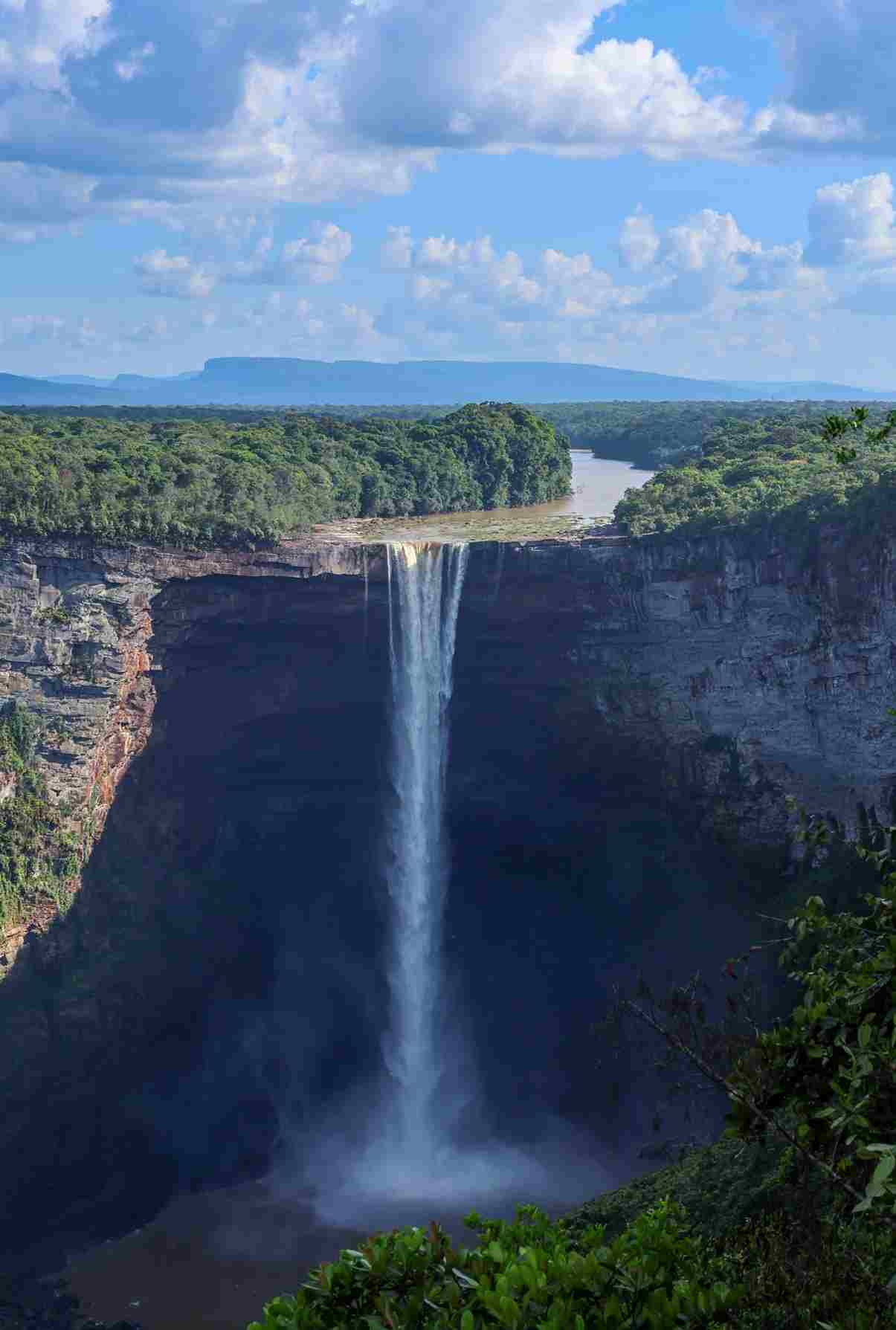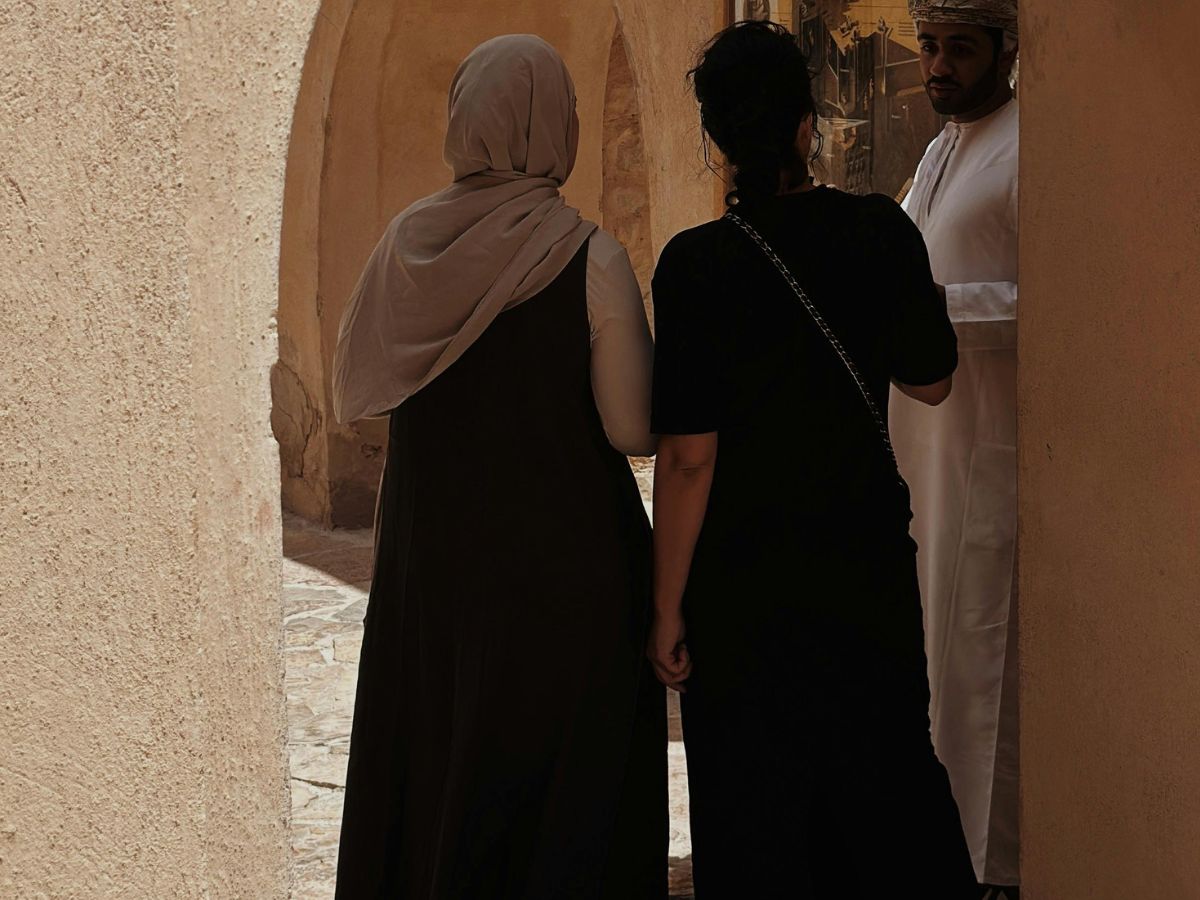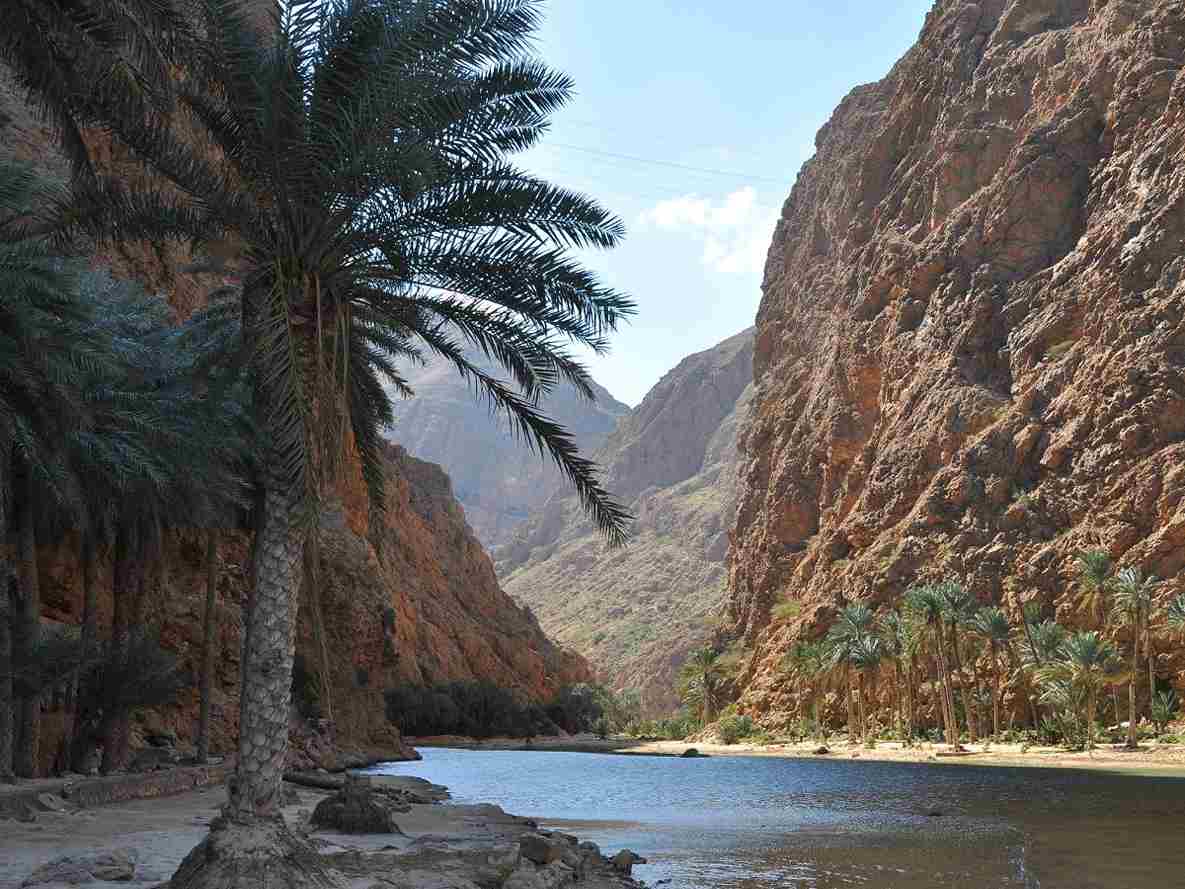Madagascar Travel Cost Guide: Including Flight Costs
Flying to Antananarivo, the capital city of Madagascar, is often the most expensive part of your trip. Madagascar, located in the Indian Ocean, offers a variety of destinations for travelers. Round-trip tickets from the UK typically range from £600 to £1,000, depending on your airline and route. Booking prior in advance will help you get the best rate.
Prices tend to rise as the departure date approaches, so aim to book at least months in advance for international flights and 2-4 months ahead for any domestic legs of your journey around Madagascar. Exploring different regions of Madagascar can also affect your travel plans and costs.
To save money on flights to Madagascar, consider these tips:
- Planning your flight well in advance can significantly lower prices.
- Sometimes, flying to Madagascar via nearby countries like South Africa can save you money. From there, you can find cheaper regional flights. Do your research based on your origin. Many flight booking platforms allow you to filter results by preferences such as free cancellation, free breakfast, or specific airlines, helping you find the best deals for your needs.
- Being flexible with your travel dates can also help. Mid-week flights are often cheaper than weekend ones.
- Choose the best route or destination based on your preferences and budget to maximize savings.
Direct flights to Madagascar are rare, so most travellers make at least one stop. Popular connecting airports include Johannesburg, Paris, and Istanbul.
Flights from major UK airports to Antananarivo (Madagascar’s capital city) may involve long layovers but can offer savings if you plan accordingly. Consider connecting flights with Air Madagascar or other regional airlines, and choose from several destinations within Madagascar depending on your itinerary.
Booking flights that arrive on the East Coast region of Madagascar can sometimes be cheaper and more convenient, especially if your final destination is in this region, which is known for its unique attractions and access to the Indian Ocean.
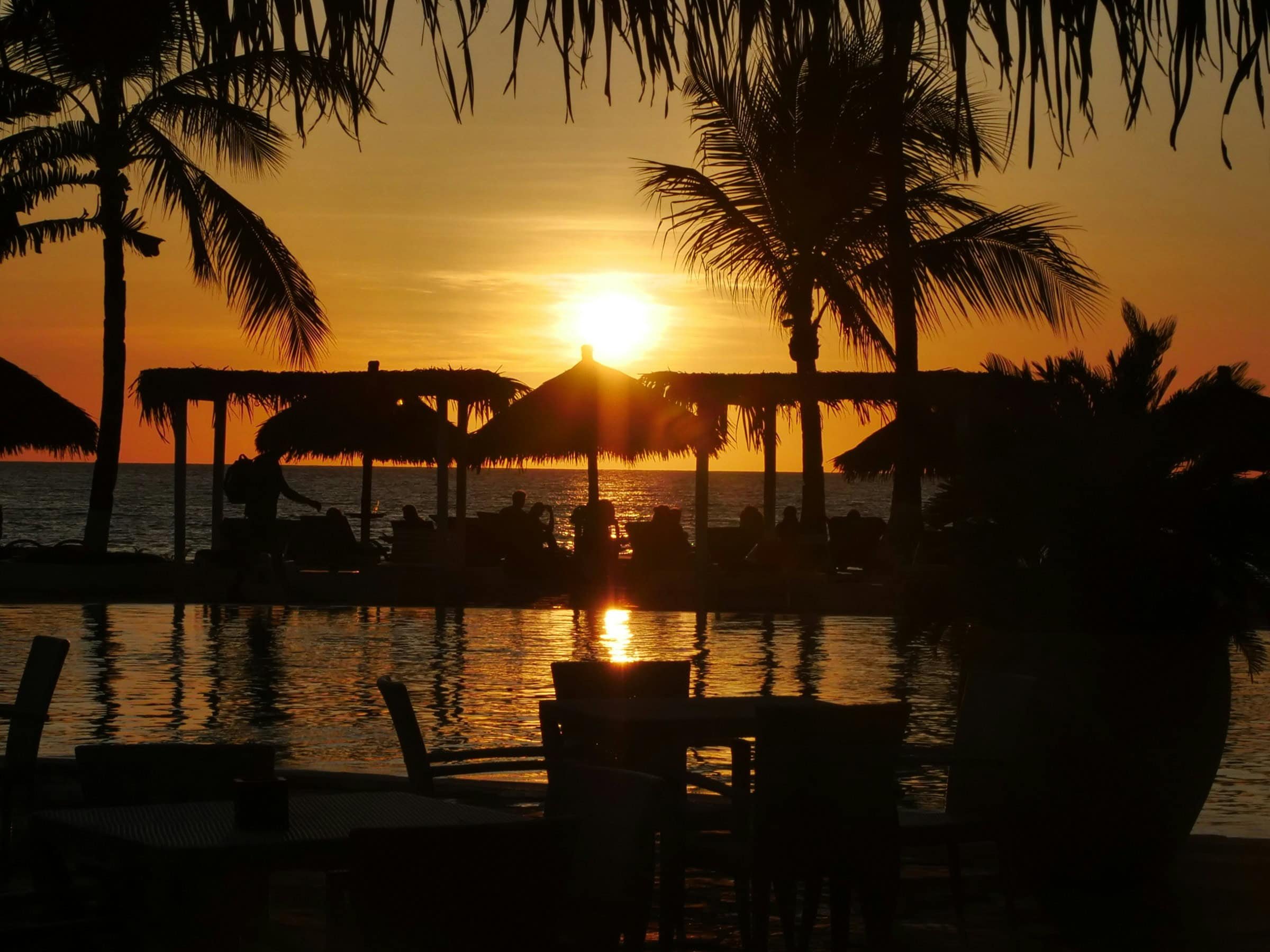
Sun set over Nosy Boraha
Accommodation Costs in Madagascar
Madagascar offers a wide range of accommodations to suit various budgets, and options and prices can vary depending on the region of Madagascar you visit. Here’s a detailed overview to help you plan your stay:
Budget Accommodation
Hostels are an excellent option for budget travellers. Dormitory beds typically cost around £10-£20 per night.
These hostels often provide basic amenities like free Wi-Fi and self-catering facilities, although free breakfast is not always included.
Mid-Range Hotels
If you’re looking for more comfort, mid-range hotels in Madagascar generally cost between £40 and £80 per night. These hotels often offer amenities such as private bathrooms, pools, and sometimes even complimentary breakfast.
Airbnb is another good option, with private rooms for around £50 per night and entire homes or apartments starting at around £100 per night. If you plan to stay on the Eastern coast, these accommodation options can provide a comfortable base for exploring the region’s stunning beaches and lush landscapes.
Luxury Stays
Upscale lodges and resorts are available for those wanting a more luxurious experience, costing £150 or more per night. These high-end accommodations offer extensive amenities, including spa services, gourmet dining, and prime locations near beaches or national parks.
If your budget permits, consider one of our pre-arranged small group tours to Madagascar where you’ll sleep in incredible places such as the Hotel Olympe du Bemaraha in Bekopaka or camping on the river in Bemaraha.
Food, Street Food, and Dining Expenses in Madagascar
Madagascar offers a variety of affordable dining options. Here’s a detailed look at what you can expect:
Local Eateries (Hotelys)
Local eateries, known as “hotelys,” are the most budget-friendly dining option in Madagascar. These establishments typically serve meals for about £2 to £5.
The food is often simple but flavorful, featuring local staples such as rice, vegetables, and occasionally meat or fish.
Mid-Range Restaurants
Restaurants that cater to tourists charge between £10 and £20 per meal. These venues often offer a mix of Malagasy and international cuisine, providing a more varied menu than local eateries.
It’s a good middle-ground for those who want more variety and comfort without spending too much.
Fine Dining
For those looking to indulge in fine dining, expect to pay upwards of £30 for a main course. These high-end restaurants are often located in luxury hotels or prime tourist areas and offer gourmet meals with high-quality ingredients and exceptional service.
Dining at these establishments is a great way to experience Malagasy cuisine with a sophisticated twist. Here’s the food costs breakdown:
- Hotelys (Local Eateries): £2 – £5 per meal
- Mid-Range Restaurants: £10 – £20 per meal
- Fine dining: £30 and above per main course
To save money on food and dining expenses in Madagascar, consider these tips:
- Embrace local flavours by trying traditional Malagasy dishes such as romazava (beef stew) and ravitoto (pork with cassava leaves).
- Street food is a great way to eat cheaply and experience local cuisine. Items like samosas, grilled meats, and cakes are commonly available and inexpensive.
- Tap water in Madagascar is unsafe, so always opt for bottled water to avoid health issues.
Transportation and Domestic Flights within Madagascar
Getting around Madagascar can be an adventure in itself. Car rental options are available, but they often come with a driver due to the challenging road conditions. Domestic flights and buses connect travelers to various destinations across Madagascar, making it easier to reach both popular spots and remote regions. Domestic flights also provide access to remote national parks and wildlife areas that are otherwise difficult to reach. Flights to Nosy Be or Île Sainte-Marie take you to islands that are part of the surrounding archipelago, known for their beautiful beaches and marine life. Here’s a detailed guide on the various transportation options available:
Taxis in Cities
Taxis are a convenient way to travel within cities in Madagascar. They typically cost about £1 to £3 per ride, making them affordable for short trips around urban areas.
Always agree on the fare before starting your journey to avoid misunderstandings.
Bush Taxis and Minibuses (Taxi-Brousse)
For longer distances between towns and cities, bush taxis or minibuses, known locally as taxi-brousse, are the go-to option. These shared vehicles are economical, with fares ranging from £10 to £20 for several-hour trips.
They are popular among locals and offer an authentic glimpse into the local culture and daily life of Madagascar. Traveling by taxi-brousse allows you to engage with local customs, try traditional foods, and interact with the Malagasy people, providing a truly immersive experience. However, they can be crowded and less comfortable than private options.
Car Rentals with Drivers
Renting a car with a driver is another standard method of transportation, especially for those who prefer more comfort and flexibility. This option costs around £50 to £100 per day.
Having a driver can be particularly beneficial as they are familiar with local roads and driving conditions, which can be challenging for tourists. To save money on Transportation within Madagascar, consider these tips:
- If you plan to travel long distances, booking your taxi-brousse in advance is wise, especially during peak travel times.
- For city taxis, always negotiate and agree on the fare before starting your journey to avoid any disputes later.
- A local driver can provide valuable insights into the best routes and safety tips.
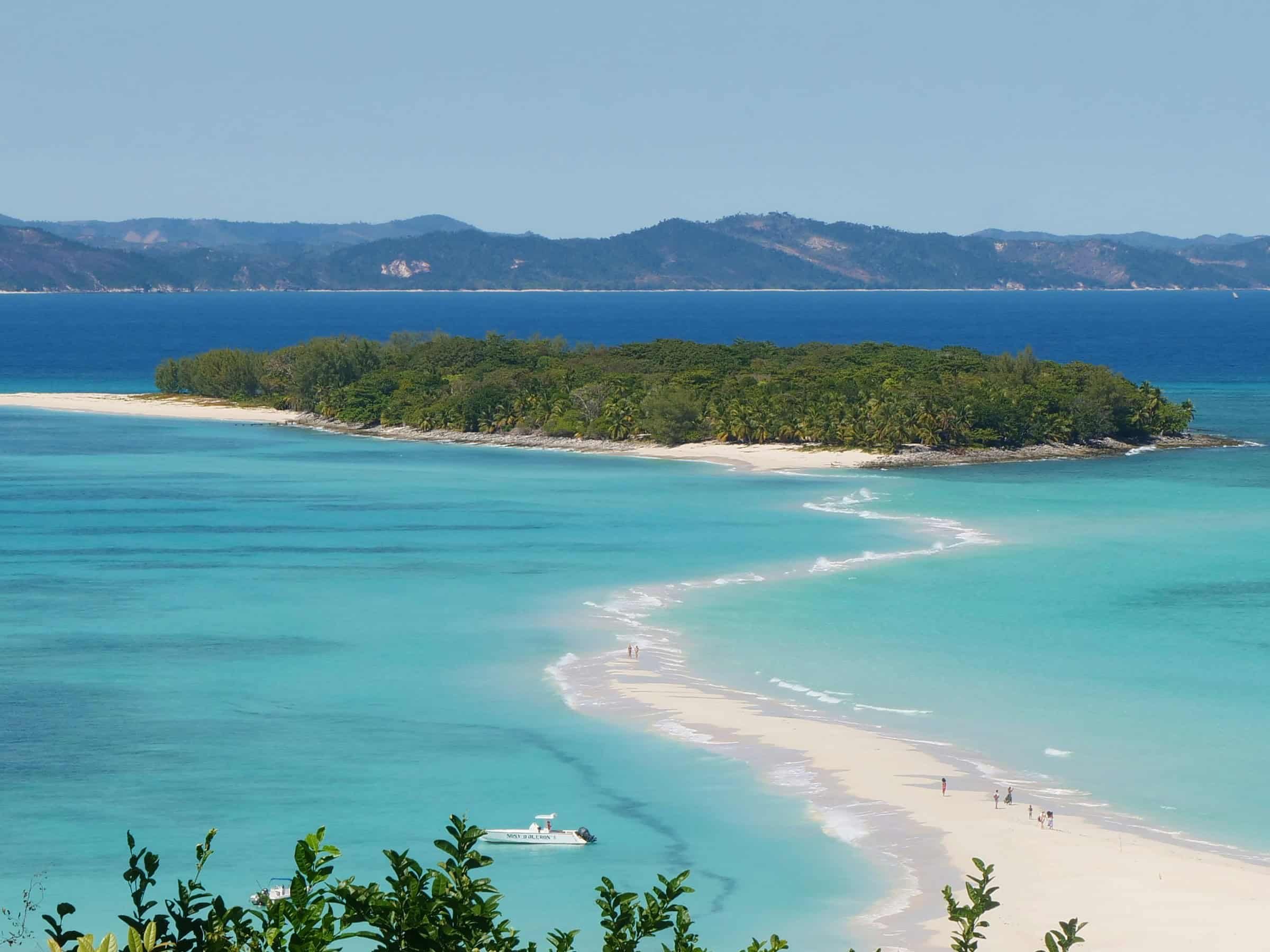
Activities and Tours in Madagascar
Madagascar is renowned for its unique wildlife, weird and wonderful landscapes, and top attractions that draw visitors from around the world. The country is home to national parks, UNESCO World Heritage Sites like Tsingy de Bemaraha with its striking limestone formations, and a wealth of endemic species found only in its protected areas. As the world’s fourth largest island, Madagascar also boasts a collection of smaller islands, such as Nosy Be and Île Sainte-Marie, which are key destinations for beaches and marine activities. After exploring its unique wildlife and landscapes, visitors will discover that Madagascar is a melting pot of cultures, wildlife, and landscapes, making it a truly unique destination. Ranomafana National Park, a premier destination, is celebrated for its rich biodiversity and various species of lemurs, including the iconic ring tailed lemurs that are a major draw for wildlife enthusiasts. Guided and self-guided walks are a popular way to explore the parks, with each walk offering immersive experiences through scenic trails and allowing active travelers to spot rare species such as the indri and golden bamboo lemur in their natural habitat.
Travelers seeking authentic experiences will find Madagascar holidays to be immersive and adventure-filled, with opportunities for taking in the culture, taking guided tours, and exploring places like Montagne d’Ambre National Park, renowned for its volcanic mountains, waterfalls, crater lakes, and endemic wildlife. Montagne d’Ambre National Park is a popular natural landmark and tourist destination, offering scenic walks through lush rainforests, volcanic landscapes, and opportunities to observe unique endemic wildlife. Andasibe Mantadia National Park is a popular spot for lemur viewing and accessible trails. Certain parks and islands, such as Nosy Be—which receives the most visitors among the archipelago—and Île Sainte-Marie, the perfect place for a beach holiday or whale watching (especially in September), attract large numbers of visitors each year.
Travel specialists can help plan bespoke Madagascar holidays, highlighting features such as wildlife viewing, cultural encounters, and visits to key attractions. Madagascar is also an excellent destination for a family holiday, with activities suitable for children such as wildlife viewing, learning about endemic animals, and exploring the island’s diverse environments. Whether you are an active traveler seeking adventure, a family looking for memorable holidays, or a wildlife enthusiast eager to spot unique species found only in this country, Madagascar offers a place of endless discovery and excitement.
Here’s an overview of the various activities and tours you can enjoy, along with their costs:
1. National Park Guided Tours
Guided tours in Madagascar’s national parks offer an excellent way to explore the island’s rich biodiversity, with tour prices typically ranging from £20 to £50 depending on the park and duration. Notable parks such as Andasibe-Mantadia, Ranomafana, and Isalo National Park provide unique opportunities to see lemurs, chameleons, and a variety of bird species.
Mantadia National Park, part of the UNESCO World Heritage Site cluster, showcases Madagascar’s unique flora and fauna.
2. Scuba Diving and Snorkeling
Madagascar’s coastal waters teem with marine life, making scuba diving and snorkelling popular. Prices for these underwater adventures typically range from £30 to £100.
Locations like Nosy Be and Île Sainte-Marie are particularly famous for their vibrant coral reefs and diverse sea life.
3. Whale Watching
Whale watching is a must-do activity in Madagascar, especially between June and November when humpback whales migrate to the island’s warm waters. Tours usually cost between £50 and £100 and offer the chance to see these magnificent creatures up close. Île Sainte-Marie is one of the best spots for whale watching.
4. Additional Activities
Madagascar offers a variety of other activities, such as hiking, bird watching, swimming, and cultural tours. Swimming is especially popular at Madagascar’s beaches, waterfalls, and reef areas, where visitors can enjoy the natural beauty and clear waters. Prices for these activities can vary widely:
- Hiking in National Parks: £10 – £30, depending on the location and duration.
- Bird Watching Tours: £20 – £50, often included in a larger guided tour.
- Swimming at beaches, waterfalls, or reef areas: Often free, but some locations may charge a small entrance fee.
- Cultural Tours and Village Visits: £15 – £40, providing insights into local customs and traditions.
To save money on activities and tours in Madagascar Consider these tips:
- Popular tours and activities can fill up quickly, so booking in advance is wise, especially during peak seasons.
- Hiring local guides supports the local economy and enriches your experience with their knowledge and insights.
- Plan your budget to include these activities, often the highlights of a trip to Madagascar.
Daily Budget Recommendations for Madagascar
Madagascar offers a range of experiences to suit different budget levels. When considering the overall Madagascar cost, it’s helpful to outline the average expenses for different trip durations. Here’s an overview to help you plan your daily expenses:
Budget Travelers
Budget travellers typically spend £30 to £50 per day, which includes basic accommodation, street food, and local transportation.
Staying in budget hotels or cheap hotels is an excellent way to keep costs low while still enjoying the essentials. This budget allows you to experience Madagascar’s culture and natural beauty without breaking the bank.
Mid-Range Travellers
Mid-range travellers should plan to spend £70 to £120 per day, allowing for comfortable accommodation, meals at mid-range restaurants, and organised tours.
Luxury Travellers
Luxury travellers can expect to spend £200 or more daily, covering high-end accommodation, fine dining, and exclusive experiences. Staying in luxury hotels or resorts costs £150 or more per night, while fine dining and private transportation add £50-£100 per day for premium services and activities.
If you’re looking for the fully guided luxury holiday around Madagascar, consider our Secrets of Madagascar holiday. This 18 day small group tour, starting from £3,625 will show you the best Madagascar has to offer, with all your transport and accommodation organised in advance.
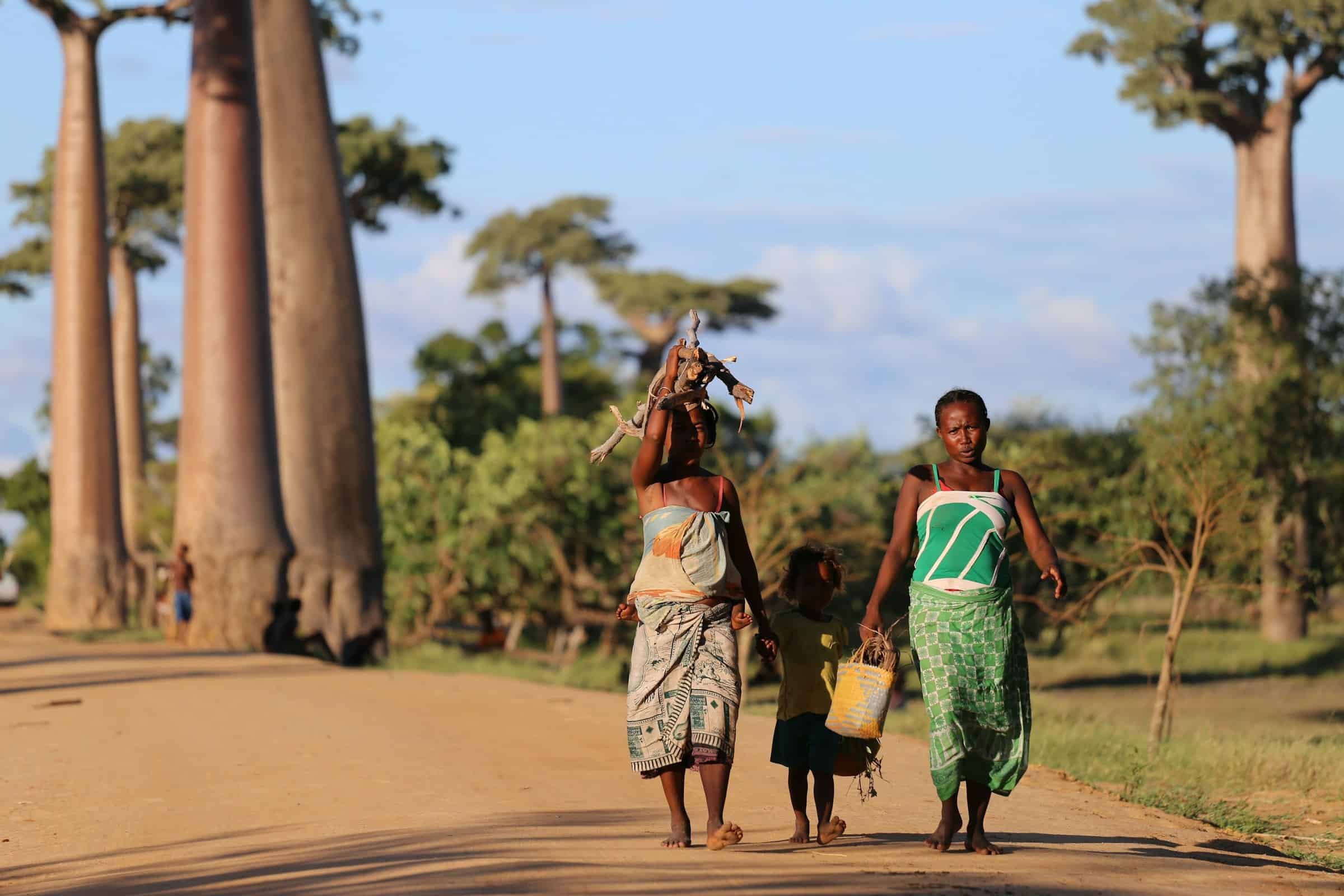
Madagascar Travel Guide: Money-Saving Tips
Want to stretch your budget while exploring Madagascar? Here’s how:
1. Travel Insurance
Travel insurance is essential when visiting Madagascar. It covers medical expenses, theft, trip cancellations, and other unforeseen incidents. Given the region’s limited medical care, having comprehensive travel insurance ensures safe travels and can save you significant costs in emergencies.
2. Book in Advance
Booking flights and accommodations in advance can save you a lot of money. Look for deals and discounts online, and consider traveling during the off-peak season to get the best rates.
3. Use Local Transportation
Instead of renting a car, use local transportation options like buses and taxis. They are much cheaper and give you a more authentic experience of the local culture.
4. Eat Like a Local
Dining at local restaurants and street food stalls is not only cheaper but also gives you a taste of authentic Malagasy cuisine. Avoid touristy spots that tend to be overpriced.
5. Stay in Budget Accommodations
Opt for budget accommodations like hostels, guesthouses, or even homestays. They are much more affordable than hotels and often provide a more immersive experience.
1. Travel Off-Season
Flights to Madagascar are cheapest from April to November, outside the peak tourist season. While the weather might not be ideal, you’ll save a significant amount on airfare, making it an excellent time for budget travellers to visit.
2. Use Local Mini Buses
To travel between towns, hop on local mini buses, known as taxi-brousse. These shared vehicles are slower than private hires but far more economical, with fares ranging from £3.50 GBP to £10 GBP. Although they may not offer luxury, they provide a true local experience and substantial savings.
When you use local mini buses, you’ll find they are an authentic way to immerse yourself in the daily life of Madagascar while keeping your travel expenses low.
3. Hire a Driver Instead of Renting a Car
Instead of renting a car, consider hiring a driver, which costs about the same but has added benefits. A local driver navigates the sometimes challenging roads and shares valuable insights about the area, enhancing your travel experience.
4. Skip Hotel Restaurants
Eating at hotel restaurants can be pricey, often double the cost of local dining spots. To save money and enjoy authentic Malagasy cuisine, opt for local restaurants and street food, which are both delicious and budget-friendly.
Local eateries often offer meals at half that price compared to hotel dining options. This way, you can savour traditional dishes without straining your travel budget.

